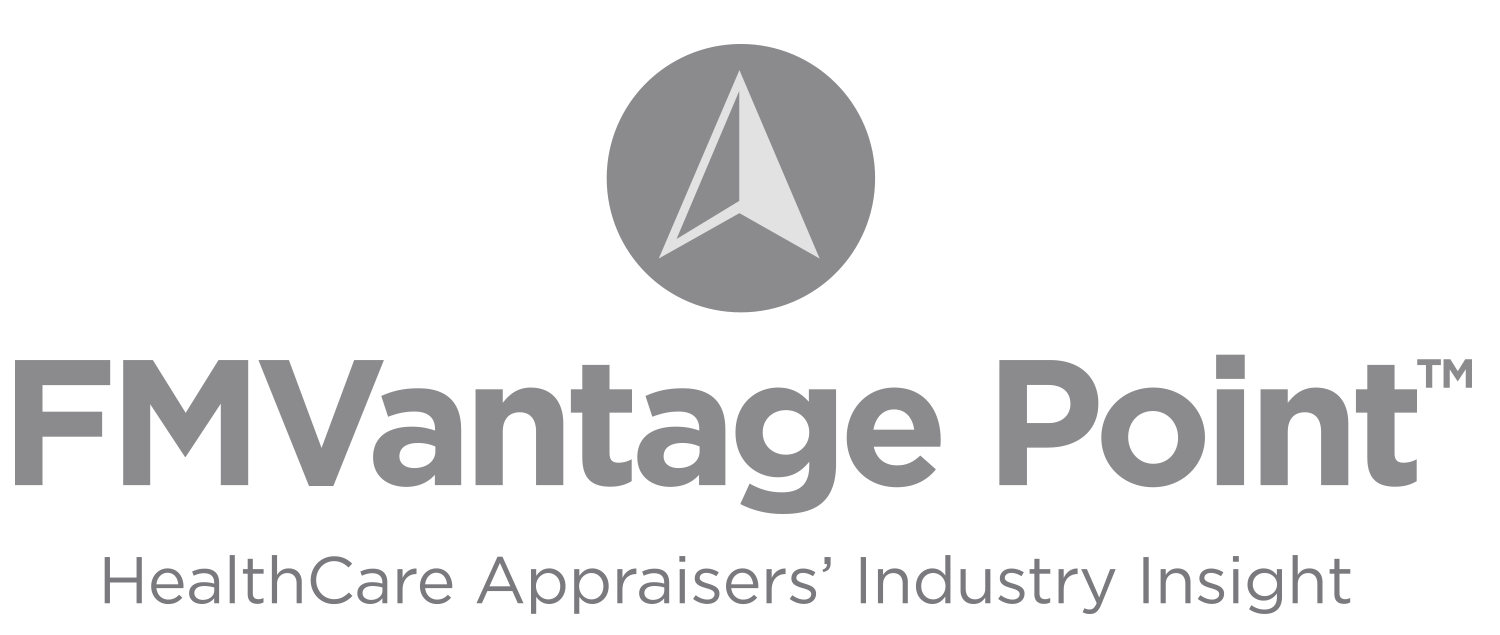Authors: Erica Jacobovitz, JD and Kevin Obletz, JD, CVA

The Medicare Physician Fee Schedule (MPFS) has long provided a uniform, consistent schedule for determining the payment rates for individual physician services. The MPFS is regularly updated by the Centers for Medicare & Medicaid Services (CMS) to account for changes in the resources required to deliver covered services.
On November 2, 2021, CMS issued the 2022 MPFS final rule (the “Final Rule”), which, now effectuated, included far-ranging changes impacting future reimbursement and introducing new payment policies for evaluation and management (E/M) visits. Specifically with respect to teaching physician services, the Final Rule clarified important questions concerning services rendered via the “Primary Care Exception.”
As set forth by CMS, the Primary Care Exception, which applies to teaching physicians rendering services in certain teaching hospital primary care centers, allows for teaching physicians to bill certain professional services under Medicare Part B[1] where the professional care was rendered primarily by a resident outside of the presence of the teaching physician, but subject to review by the teaching physician. The Primary Care Exception applies only where certain conditions are met, including, notably, that the teaching physician must be “immediately available” to the resident and may, in general, not supervise more than four residents at any given time.[2] Importantly, in fulfilling the consultative role, the teaching physician must review the residents’ services furnished to each patient, including the medical history and diagnosis, as well as treatment plan,[3] in order to determine the appropriate E/M visit level.
The Final Rule answered the questions posed by stakeholders involving how time spent by a resident should be considered by a teaching physician in the context of selecting the appropriate E/M level.[4] As of January 1, 2021[5], two avenues were available to a teaching physician in selecting the applicable E/M visit level: (i) total time personally spent or (ii) medical decision-making (MDM).[6] The Final Rule now clarifies that when a resident participates in providing a service the Primary Care Exception precludes the use of time to inform visit level; rather, only MDM may be used to select the E/M visit level.[7]
![]() FMV PITFALLS
FMV PITFALLS
Compensating teaching physicians for services rendered in conjunction with physician residents can be a daunting task, and requires a thorough understanding of the rules and regulations that govern the various forms of teaching. HealthCare Appraisers routinely works with academic medical centers nationwide, and has the knowledge and experience to assist with all aspects of compensation for graduate and undergraduate medical education teaching.
[1] Utilizing the – “GE” modifier, “This service has been performed by a resident without the presence of a teaching physician under the primary care exception [.”] See https://www.cms.gov/Outreach-and-Education/Medicare-Learning-Network-MLN/MLNProducts/Downloads/Teaching-Physicians-Fact-Sheet-ICN006437.pdf (page 6). Compensation as provided for under the Medicare Physician Fee Schedule (“MPFS”).
[2] For further details and explanation of conditions precedent for eligibility to bill under the Exception, see https://www.cms.gov/Outreach-and-Education/Medicare-Learning-Network-MLN/MLNProducts/Downloads/Teaching-Physicians-Fact-Sheet-ICN006437.pdf.
[3] Id.
[4] See https://www.federalregister.gov/documents/2021/11/19/2021-23972/medicare-program-cy-2022-payment-policies-under-the-physician-feeschedule-and-other-changes-to-part (last accessed August 22, 2022).
[5] Coinciding with the 2021 MPFS final rule available at https://www.cms.gov/medicaremedicare-fee-service-paymentphysicianfeeschedpfs-federalregulation-notices/cms-1734-f (last accessed May 3, 2022).
[6] See https://www.cms.gov/outreach-and-education/medicare-learning-network-mln/mlnproducts/downloads/eval-mgmt-serv-guide-icn006764.pdf (last accessed May 3, 2022). “Effective January 1, 2021, practitioners will have the choice to document office/outpatient E/M visits via medical decision making (MDM) or time.”
[7] CMS notes that this is done to “guard against the possibility of inappropriate coding that reflects residents’ inefficiencies rather than a measure of the total medically necessary time required to furnish the E/M services.” See https://www.cms.gov/newsroom/fact-sheets/calendar-year-cy-2022-medicare-physician-fee-schedule-final-rule (last accessed Aug. 18, 2022).
